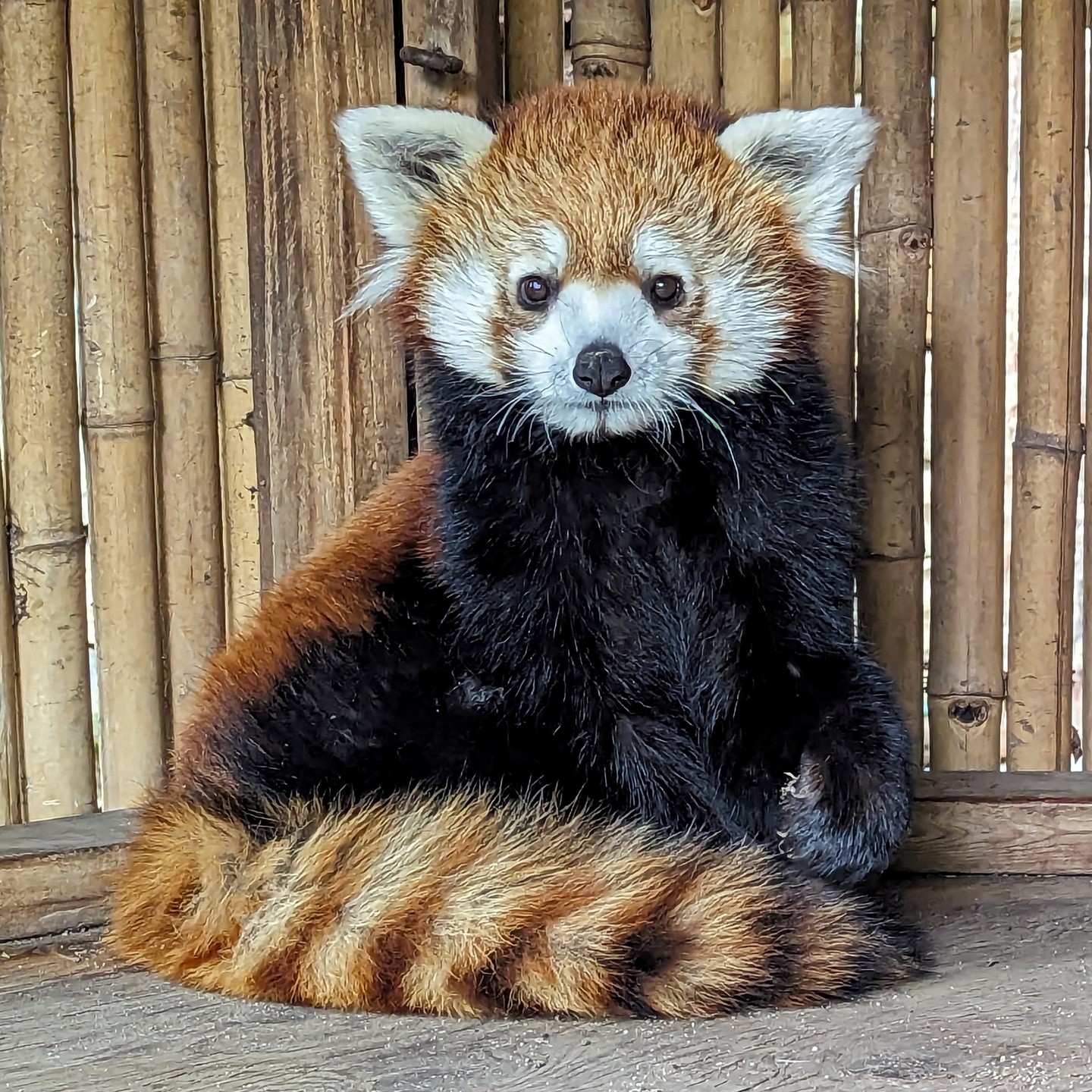– Red pandas’ unique taxonomic classification
– Dietary habits and bamboo specialization in red pandas
– Habitat and distribution of red pandas in Asian forests
– Threats to red panda populations and conservation efforts
– Role of zoos in red panda care and conservation
Red pandas, with their distinct rust-colored fur and bushy tail, captivate the hearts of many wildlife enthusiasts. Despite sharing some dietary preferences and part of their name with the giant panda, red pandas belong to a different family, the Ailuridae. They represent a unique lineage of the animal kingdom, with no close relatives among the existing carnivoran species.
Taxonomically speaking, red pandas are the only members of their family, distancing themselves from giant pandas, which are members of the bear family, Ursidae. Their scientific classification has undergone several revisions over time. Initially classified as relatives of raccoons, later as relatives to bears, and eventually as a distinct family under the superfamily Musteloidea, this demarks the uniqueness of red pandas in the animal kingdom.
Focusing on their dietary habits, red pandas are herbivores with a strong preference for bamboo. Their diets are highly specialized, with bamboo shoots and leaves making up most of their intake. They possess a modified wrist bone that acts like a thumb, enabling them to grasp and manipulate bamboo with dexterity. However, unlike giant pandas, they have a more varied diet that may include fruits, acorns, roots, and occasionally insects and small mammals.
These bamboo eaters are native to the high forests of the Eastern Himalayas and southwestern China. Their habitat comprises temperate forests at altitudes ranging between 2,200 and 4,800 meters, with plentiful bamboo thickets. They rely on these forests for food, shelter, and mating.
The red panda’s habitat is becoming increasingly fragmented due to human encroachment, agriculture, and deforestation. As a result, their populations are in decline, and the red panda is classified as Endangered on the IUCN Red List. Poaching, pet trade, and loss of genetic diversity are additional critical threats. Conservation strategies for red pandas involve habitat protection, anti-poaching efforts, and education initiatives to raise awareness of their plight.
Zoos play a pivotal role in the preservation of this species. These institutions provide safe havens where red pandas can live without threats in their natural habitats. Exemplified by Styan’s red panda named Stevie, who is cared for by zoo chef Brittany; zoos contribute to breeding programs to maintain genetic diversity and research opportunities to better under.
*****
Source Description
Red pandas, like giant [black and white] pandas, are bamboo-eating mammals native to high Asian forests. However, despite this similarity and a shared name, the species are not closely related. Red pandas belong to their own unique family.
📷: Styan’s red panda Stevie by zoo chef Brittany


